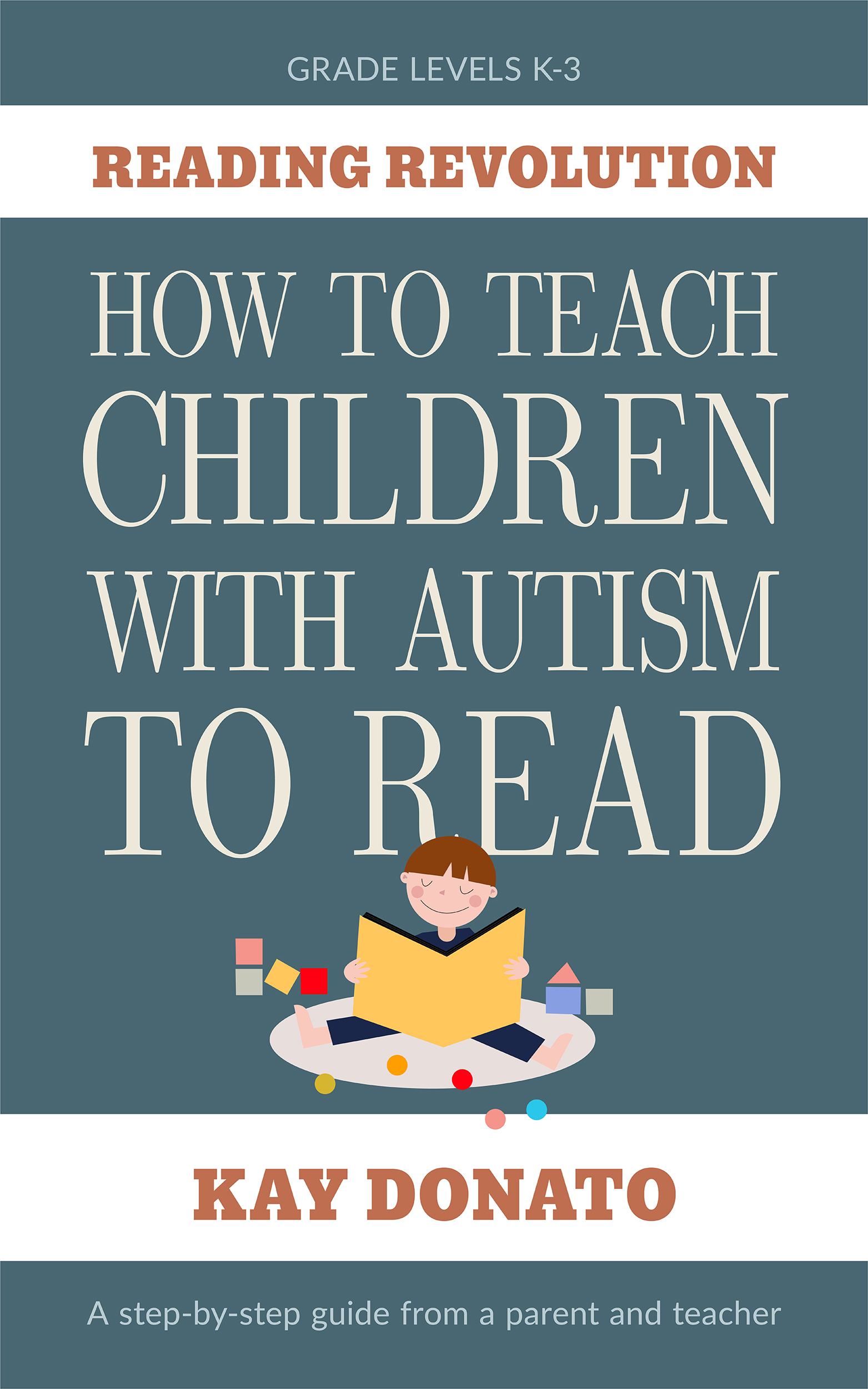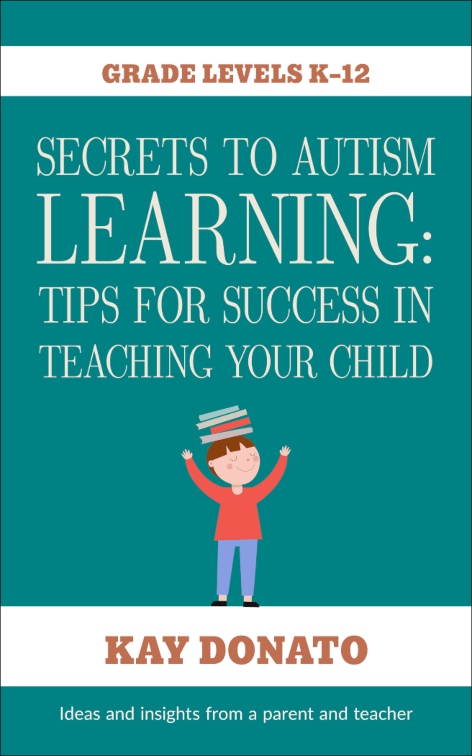- Home
- Sensory Processing Disorder
- Sensory Processing Disorder Symptoms
Sensory Processing Disorder Symptoms

Learning Sensory Processing Disorder Symptoms outlined in this article can be an important first step to solving the problems caused by this condition.
Once you pinpoint the problem, then you can actually begin to figure out what to do about it.
Research shows us that about 70% of children with autism have Sensory Processing Disorder. But there are also many with SPD who don’t have autism. And although most children with autism have SPD, the opposite is not true. Most people with SPD don’t have autism.
So SPD and autism are actually two separate conditions. We discuss it here on this site because so many of our children are afflicted with this disorder.
List of Sensory Processing Disorder Symptoms
Here’s a list of some common characteristics of SPD. Keep in mind that with SPD these traits will be marked, chronic, and hard to dismiss as a passing phase. Also note that symptoms will vary with each person. This is by no means a complete list.
• Anxiety
• Depression
• Can’t sit still. Craves movement. (Rocking or pacing)
• Sensitivity to loud noises
• Sensitivity to touch (may avoid contact with people or with certain things)
• Constantly wants to touch other people and/or things
• Bothered by certain clothing textures
• Clumsiness
• Avoids certain foods because of texture
• Difficulty with reading
• May avoid or seek certain smells
Some of these traits may seem to be contradictory. That’s because some people are hypersensitive to touch, smell or other senses while others may be hyposensitive.
For example, some may be so sensitive to touch that it causes serious discomfort. That’s hypersensitivity.
Some hypersensitive people try to drown out excessive stimuli bombarding their senses by rocking, banging, making noises, etc.
But if they’re hyposensitive to touch, they may be constantly touching other people and things. Or they may be extremely insensitive to pain.
Why It's Important to Get Help for Children With SPD
People with SPD often find themselves in a daily struggle to cope with their environment. And these difficulties can interfere with their everyday functioning.
These issues can result in failure in school, and later on, with a job or career. People with SPD may also have a hard time making friends and succeeding in social relationships.
So it’s really important to address any issues your child might have with SPD whether or not he has autism.
Click here for access to a checklist of Sensory Processing Disorder symptoms that will help you find out if your child might have SPD. This can help you to see if you need to have your child evaluated by a qualified occupational therapist.




New! Comments
Have your say about what you just read! Leave me a comment in the box below.